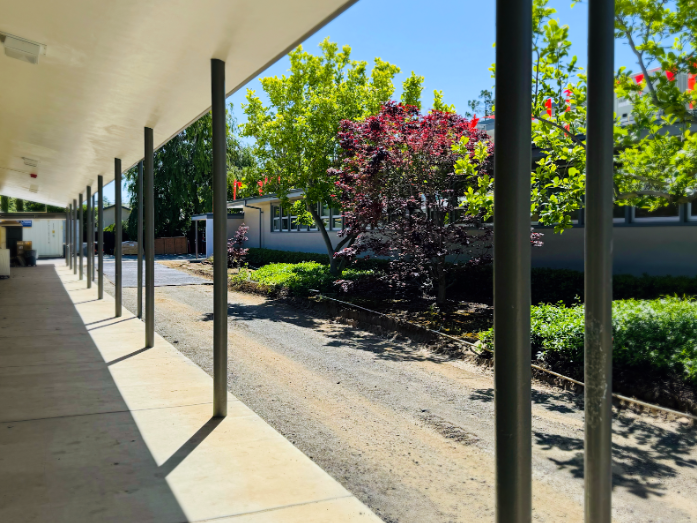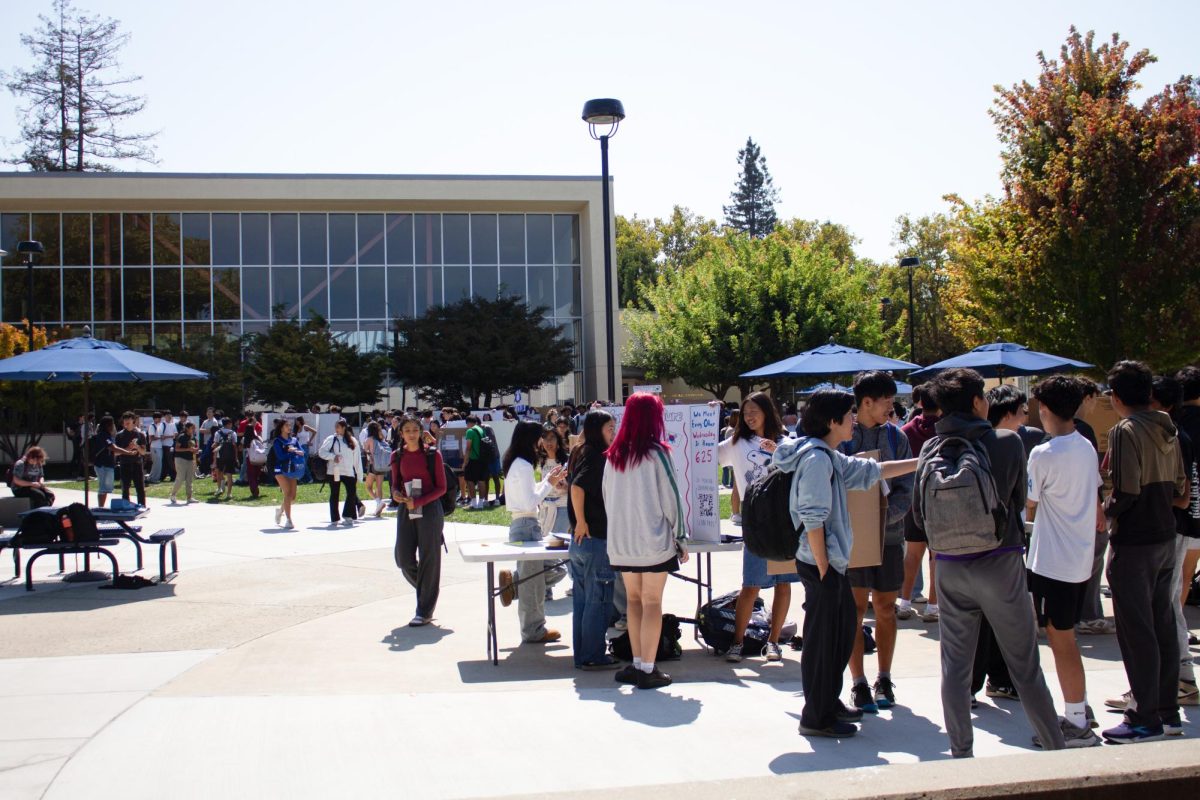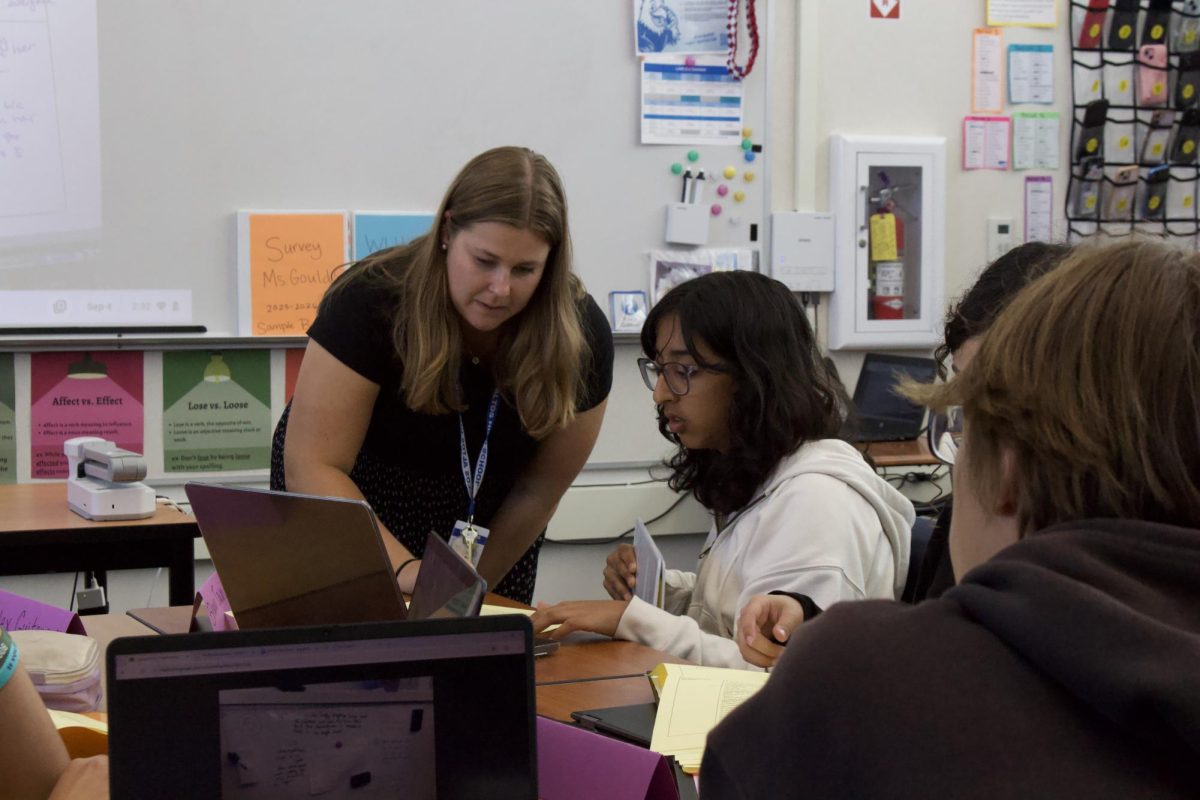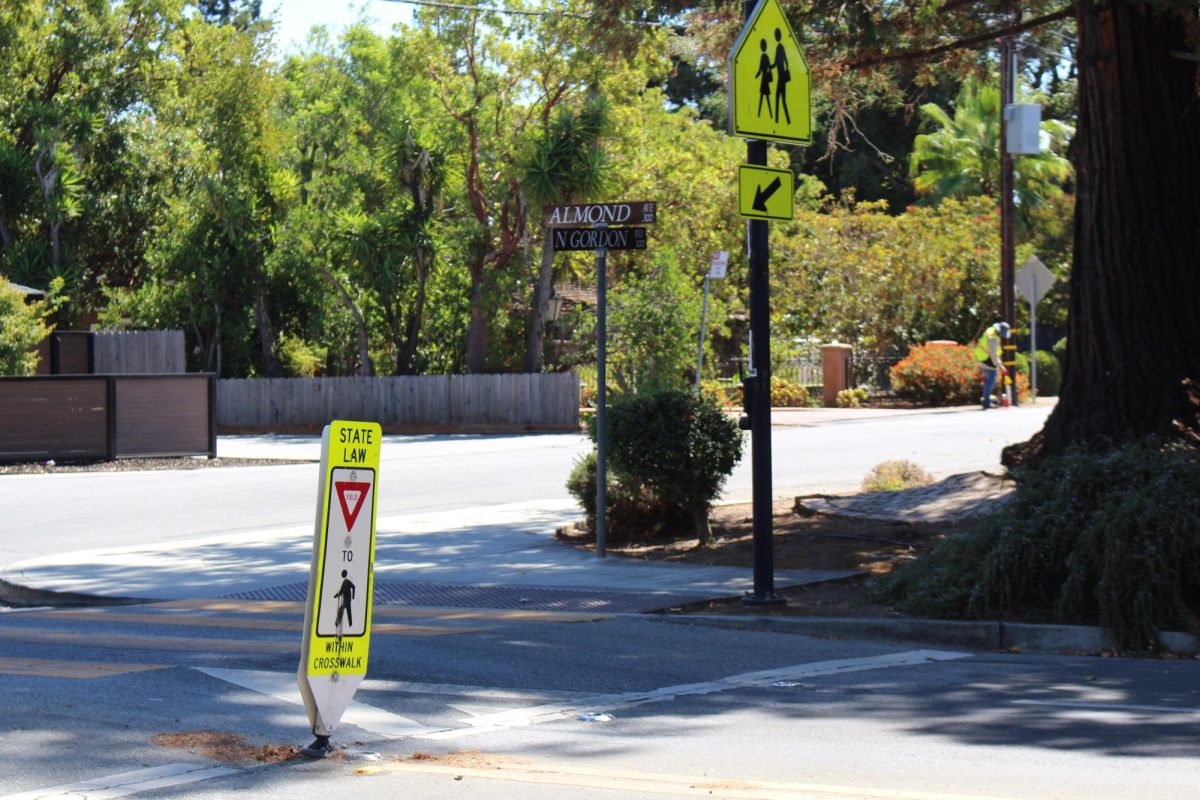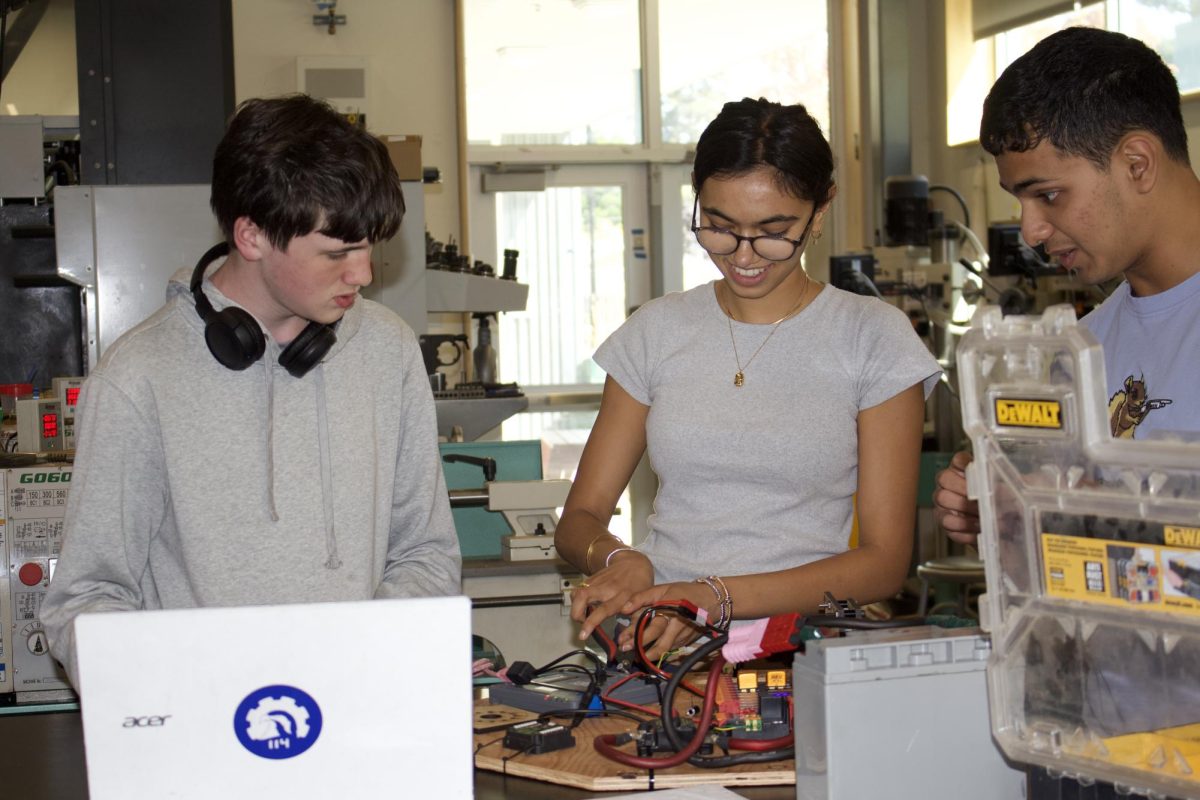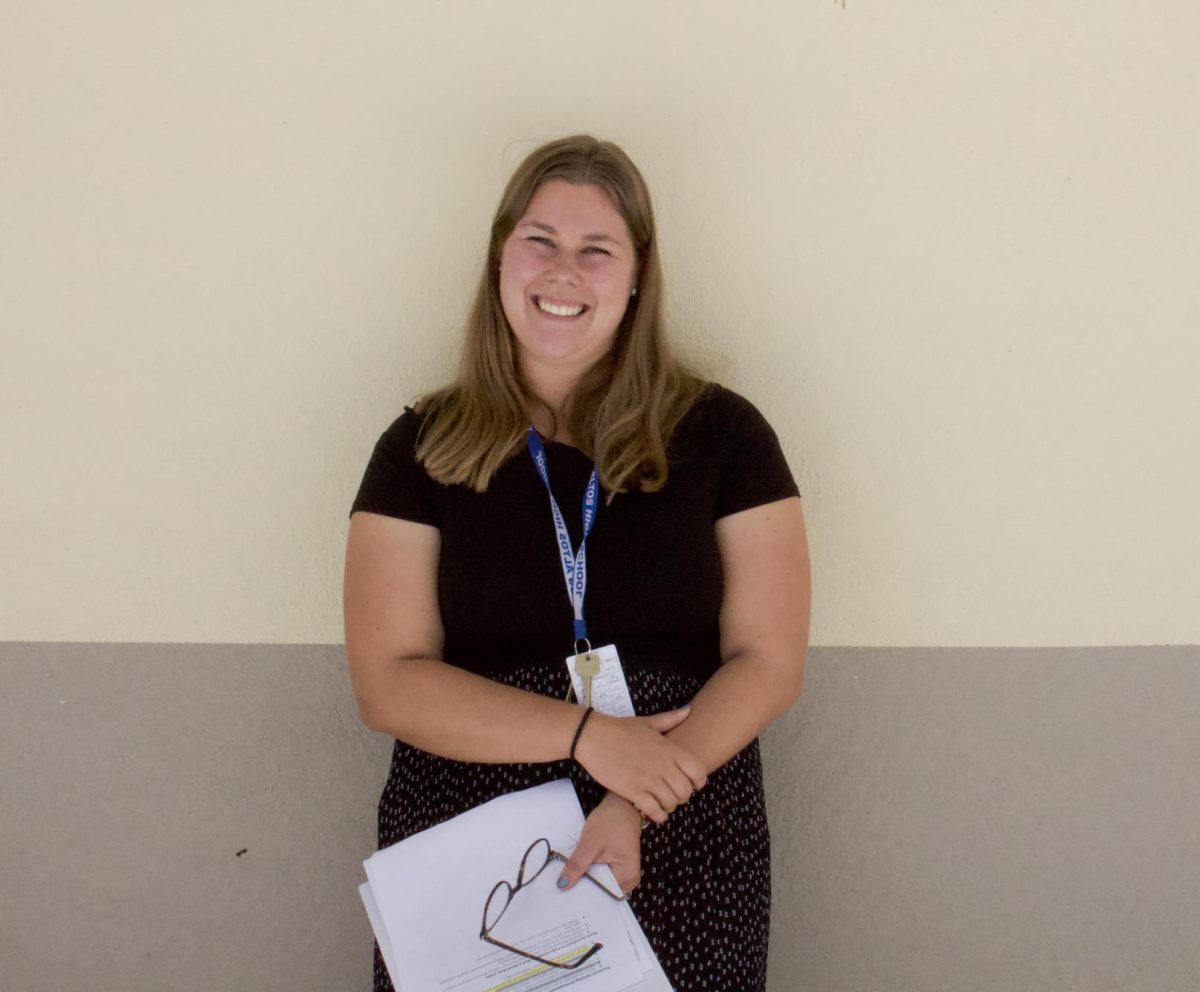The wait is over: construction in the 400s and 500s wings has concluded after a year of prolonged walks around the construction zone, construction debris-induced fire alarms and darkened fences veiled around obscured buildings.
This June, teachers who temporarily relocated to the portables for the 2023-2024 school year will return to newly renovated classrooms in the 400s and 500s wings. Construction will then shift to the 200s wing, and teachers currently located there will relocate to the portables until renovations have finished.
What to expect in the 400s and 500s
Renovations are underway to install new lighting, windows and shades, and to resolve issues with outdated technology.
“These buildings are 50 years old,” Assistant Principal Derek Miyahara said. “They’re going to require maintenance and updating periodically. We had an opportunity to do the updating, so we took it. It’s just a regular part of having old buildings.”
The construction team has also transformed an old, underused storage bunker into a pool house because the space was adjacent to the pool.
After these renovations, construction will end for the foreseeable future, though Miyahara notes that any future expansion will largely depend on student enrollment in upcoming years.
“If they ever get to the point where there’s not enough classroom spaces, the only place we can go is up,” Miyahara said. “We’d have to turn some of these low-lying one-story classroom buildings into two-story buildings.”
Life in the portables
Teachers and students who have relocated have generally found life in the portables to be moderately inconveniencing.
“It’s not an ideal situation,” Miyahara said. “On the other hand, the teachers are very professional. Everyone knows it’s not desirable, but it’s a necessity. We’re trying to make it as best we can.”
Despite some downsides, teachers still find themselves enjoying life in the portables.
“It’s far, but I kind of like it,” Special Education teacher Kalinda Price said. “It’s fun being over here because it’s away from everything, but at the same time I do miss the original space.”
Other teachers expressed concern about the lengthy distance away from the rest of the school, and the unreliable infrastructure.
“It’s not miserable,” English teacher Jonathan Kwan said. “The facilities are fine. It’s just far for the kids. It feels a little bit isolating for students to be back here.”
For Special Education teacher Kalinda Price and English teacher Jennifer Eneriz, the relocation has prompted struggles to manage infrastructure disruptions.
“I think we’ve made the best out of a not-great situation,” English teacher Jennifer Eneriz said. “We’ve definitely had some struggles with access to reliable bathrooms out here. When we first moved in, there were Wi-Fi connectivity issues and issues with the AC.”
Price highlights issues with electricity reliability in particular: “The electrical stuff sucks up here. Sometimes things are not working or will fizz out.”
Looking Forward
Students and staff generally expressed optimism toward the transition.
“For one thing, [students] won’t have to go around the gym [to get to class],” Miyahara said. “We’re going to open up the 400, 500 wing auxiliary gyms, pool, multipurpose gym and the engineering quad. So all that is going to be much more accessible next year than it was this year.”
“I think it’ll be much more convenient and make it a lot easier for the [incoming] freshmen to adjust,” freshman Lillian Liu said. “I think it’ll be a big improvement walking through the school and getting to classes in general.”
Students and teachers conveyed similar ideas about the impact of the construction on their daily routines.
“It takes me a really long time to walk from Ethnic Studies [in the 600s] to lunch because of the construction,” freshman Vanita Venkatesh said.
“It has made things more inconvenient for me,” freshman Wade Suchter said. “I have to walk in a giant ‘C’ around campus.”
Teachers located at opposite “ends” of the “C” — like Ethnic Studies teacher Mike Messner and AP Psychology teacher Katherine Orozco, located at the furthest building in the school — observed that the construction has made their classrooms more inaccessible to students.
“There have been a large number of students who have been late,” Messner said. “Some of that I think is attributable to the construction. It certainly doesn’t help matters.”
“I’ve told the students several times that I feel so bad for them, having to do that trek all the time,” Orozco said. “I definitely know that it creates frustration for people having to go all the way around.”
For teachers like Orozco, the construction has caused feelings of isolation, a reluctance to move around campus and a disconnection between her and the rest of the school.
“It has limited my interactions — I tend to just stay in one place because of the construction,” Orozco said. “It’s affected me in the sense that I don’t want to go to the front of the school because then I have to go all the way around.”
Infrastructure
For teachers, the return to the newly renovated 400s and 500s wings brings anticipated infrastructure upgrades.
“I am looking forward to the beautiful classrooms, the high ceilings, the larger space,” Eneriz said. “It also feels like we’ll just be a lot more integrated into the school, because out here it feels very separate, and you don’t know what’s going on.”
“In the 500 wing, spaces in those classrooms are quite large,” Kwan explains. “Especially as an AVID teacher, where we have so many tutors and people coming in and out. It’s really hard to [teach] in a smaller classroom.”
For Price, though, the return is also a chance to reclaim her creative spaces.
“I like to decorate and put motivational stuff all over the wall. All of that’s gone right now — everything was ripped off,” Price said. “I’m looking forward to different ways we can have it all designed. I’m looking forward to being back in that space.”



